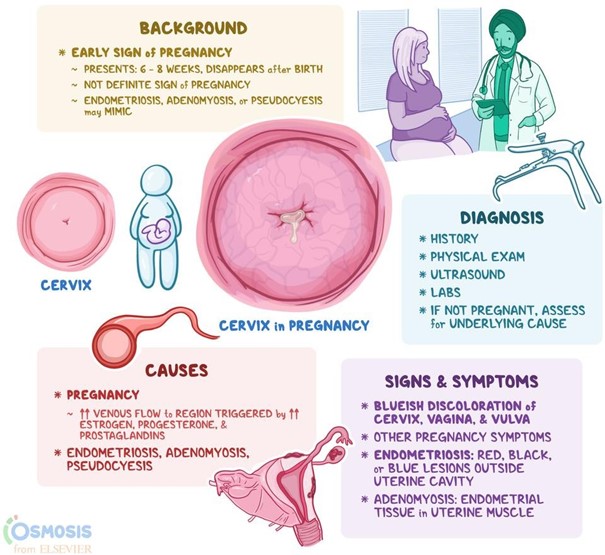A nurse is caring for a 3-year-old child who has acute bacterial conjunctivitis of the right eye and has been prescribed bacitracin ophthalmic ointment.
Which of the following actions should the nurse take?
Gently massage the eyelid to facilitate absorption of the medication.
Wipe any excess medication from the inner canthus outward.
Place an occlusive dressing on the affected eye to prevent the spread of infection.
Instruct guardian to apply erythromycin ophthalmic ointment every morning for 14 days.
The Correct Answer is B
Explanation
B. Wipe any excess medication from the inner canthus outward
Bacitracin ophthalmic ointment is an antibiotic medication commonly used to treat bacterial eye infections such as conjunctivitis.
Wiping any excess medication from the inner canthus outward, is important to prevent the accumulation of excessive ointment, which can cause discomfort and affect vision. Using a clean, sterile cotton ball or tissue, the nurse should gently wipe any excess ointment from the inner corner of the eye (inner canthus) and then move outward to remove the excess ointment.
Gently massaging the eyelid to facilitate absorption of the medication in (option A) is not recommended. It can potentially cause discomfort or further irritation to the affected eye, especially in a young child. The ointment will naturally spread across the eye as the child blinks.
Placing an occlusive dressing on the affected eye in (option C) is not necessary for the treatment of bacterial conjunctivitis. It may impede proper air circulation and potentially worsen the infection. It is important to promote hygiene and prevent the spread of infection by encouraging proper handwashing and avoiding touching or rubbing the affected eye.
Instructing the guardian to apply erythromycin ophthalmic ointment every morning for 14 days in (option D) is not appropriate in this case. Erythromycin is an alternative antibiotic commonly used for conjunctivitis, but since the child has been prescribed bacitracin ophthalmic ointment, the appropriate course of treatment would be to follow the prescribed medication as directed by the healthcare provider.
Nursing Test Bank
Naxlex Comprehensive Predictor Exams
Related Questions
Correct Answer is A
Explanation
Explanation
A. Chadwick’s sign
Chadwick's sign is a characteristic change that occurs during pregnancy, specifically in the cervix, vagina, and vulva. It is characterized by a bluish or purplish discoloration of these areas.
Chloasma in (option B) is incorrect because it is a condition characterized by the development of dark patches on the skin, commonly referred to as "mask of pregnancy." Chloasma typically affects the face, particularly the cheeks, forehead, and upper lip. It is not associated with a change in colour in the vaginal or vulvar area.
Hegar's sign in (option C) is incorrect because it is a softening of the lower uterine segment that can be felt during a pelvic examination. It is not related to the colour changes in the vaginal or vulvar area.
Ballottement in (option D) is incorrect because it is a palpation technique used during a prenatal examination to assess the position of the foetus. It involves the examiner gently pushing against the uterus and feeling a rebound or "floating" movement of the foetus. It does not involve changes in the colour of the vaginal or vulvar area.

Correct Answer is D
Explanation
Montelukast is a medication commonly used for the maintenance treatment of asthma. It is not used for immediate relief of wheezing or acute symptoms. Instead, it is taken on a scheduled basis to help control and prevent asthma symptoms over time. The recommended dosing regimen for montelukast in children is once daily in the evening.
The statement about giving the medication every 2 hours if the child is wheezing is incorrect, as this medication is not meant to be used for immediate relief of symptoms. It is a preventive medication.
The statement about it taking 2 months of scheduled use before the medication is effective is incorrect. While it may take some time for the medication to reach its full effect, improvement in symptoms can often be seen within a few days to weeks of starting treatment.
The statement about stopping the medication if the child is taking a steroid is incorrect. Montelukast can be used in conjunction with other asthma medications, including steroids, as prescribed by the healthcare provider. It is important to follow the prescribed treatment plan and not discontinue any medication without consulting the healthcare provider.
Whether you are a student looking to ace your exams or a practicing nurse seeking to enhance your expertise , our nursing education contents will empower you with the confidence and competence to make a difference in the lives of patients and become a respected leader in the healthcare field.
Visit Naxlex, invest in your future and unlock endless possibilities with our unparalleled nursing education contents today
Report Wrong Answer on the Current Question
Do you disagree with the answer? If yes, what is your expected answer? Explain.
Kindly be descriptive with the issue you are facing.
